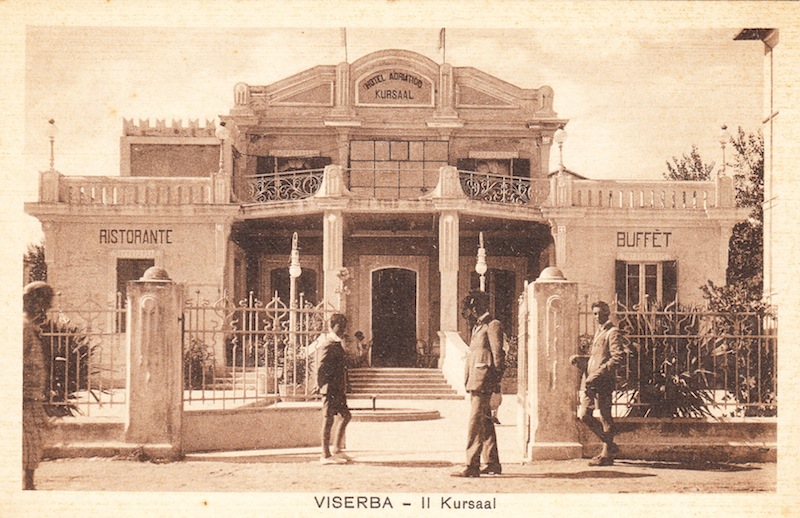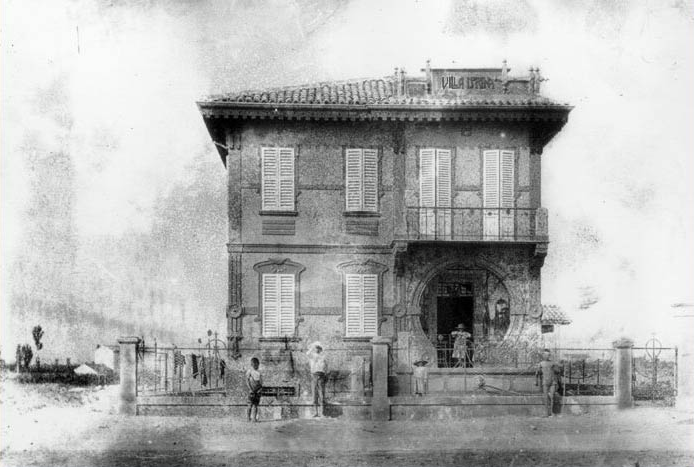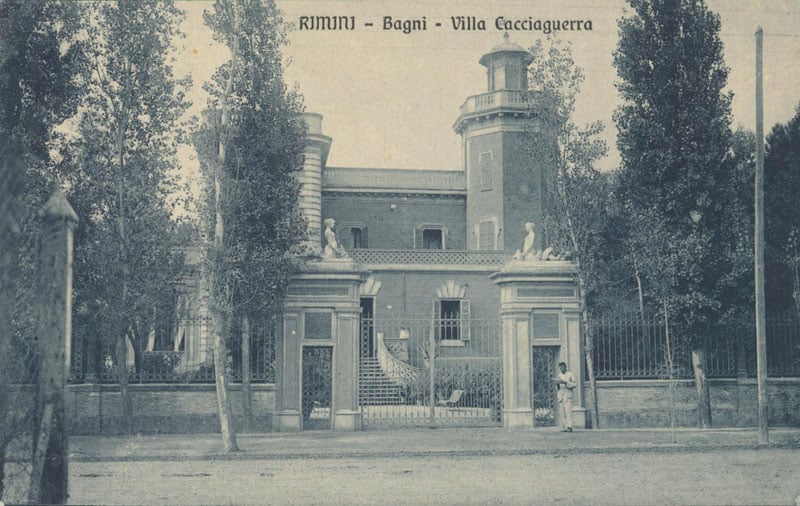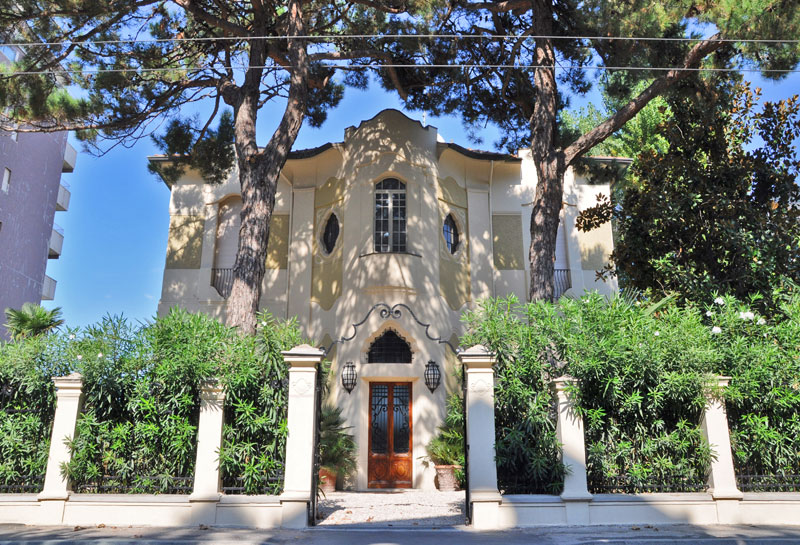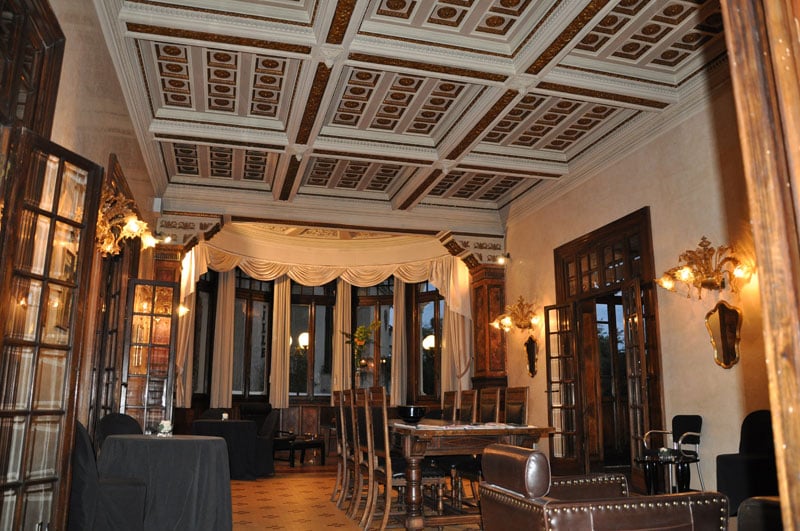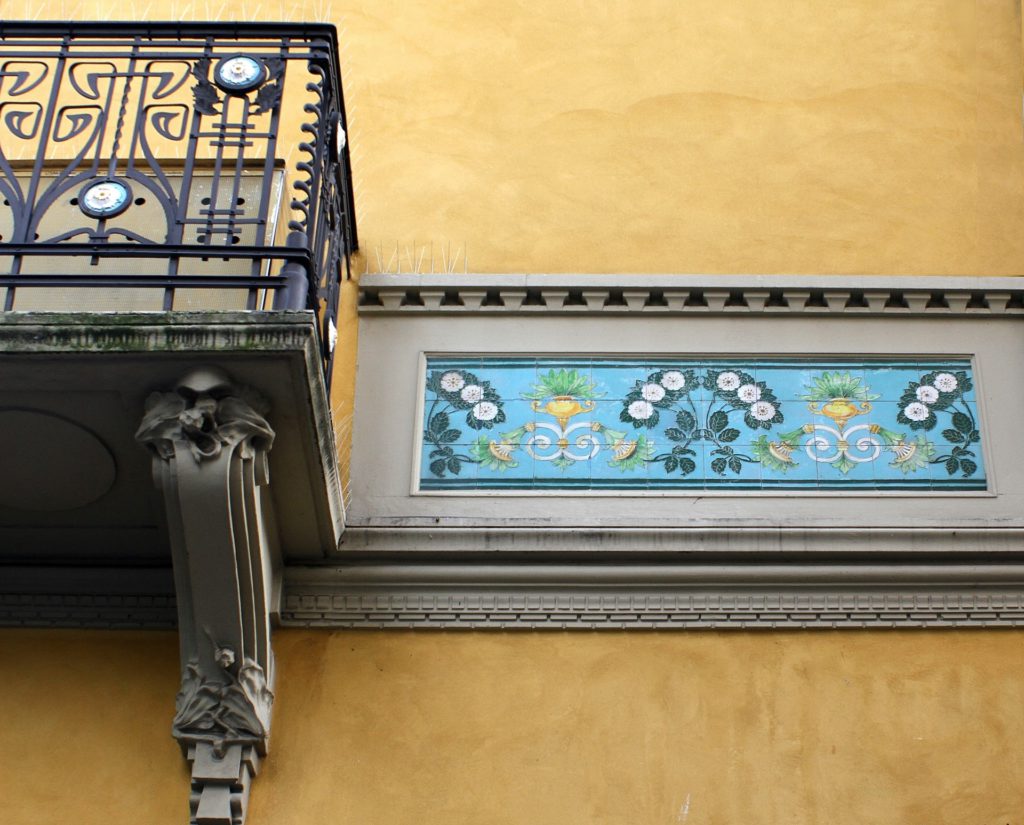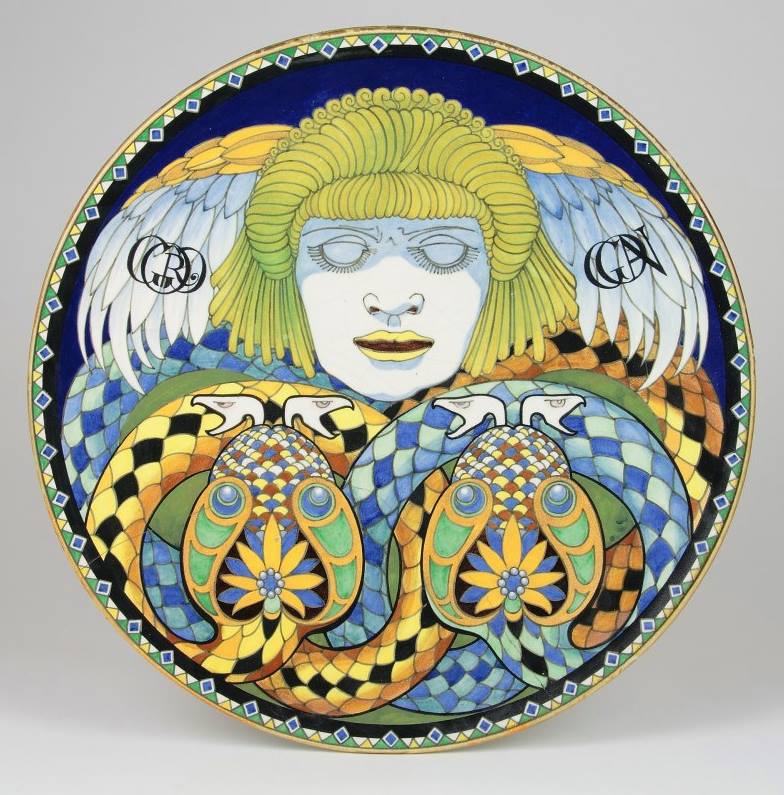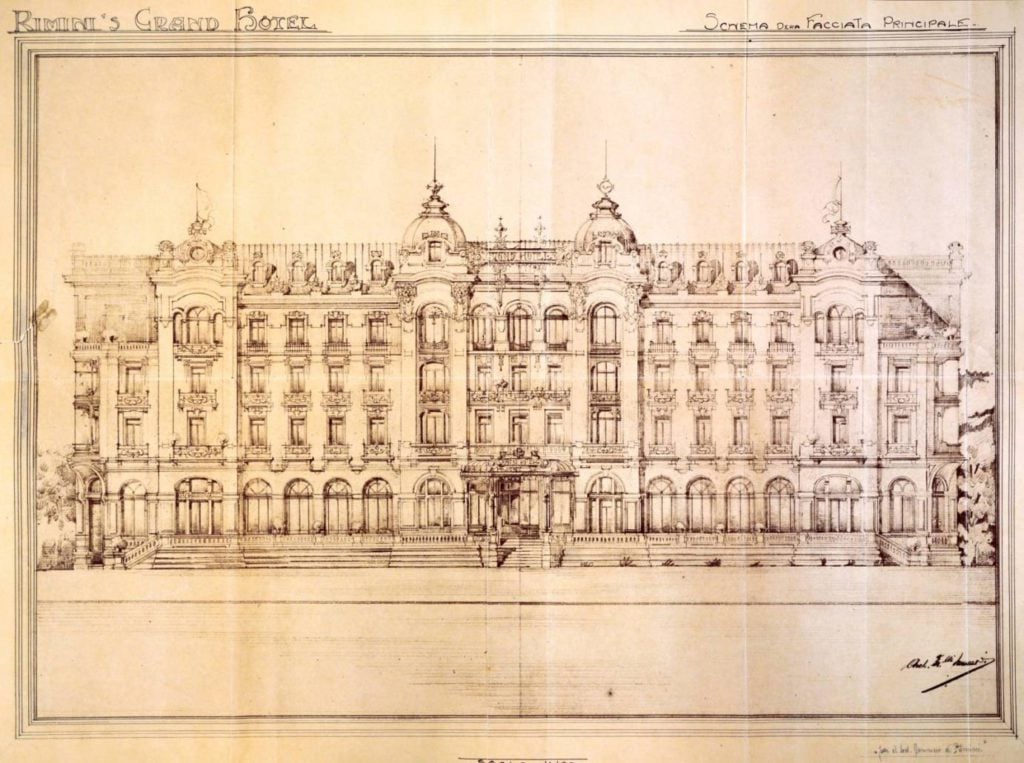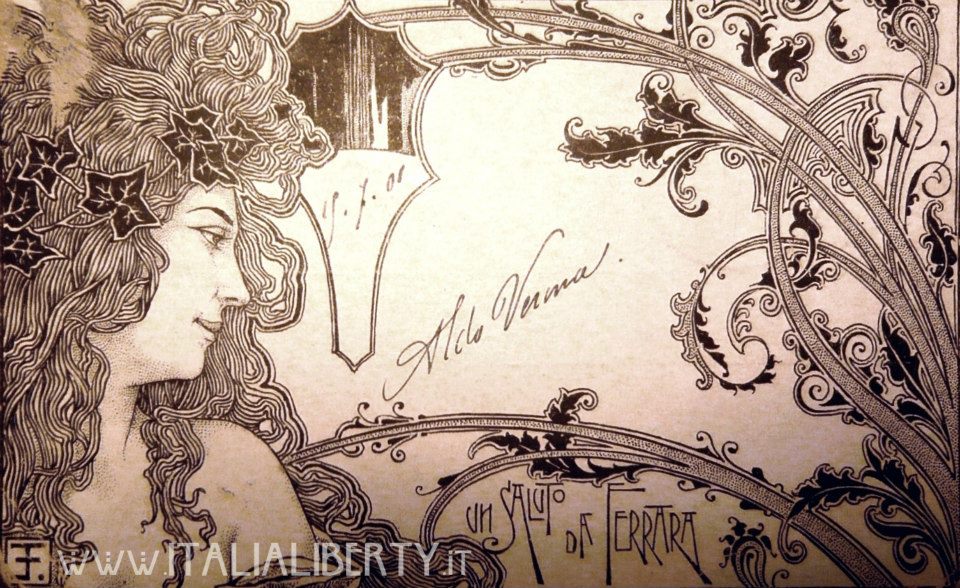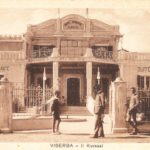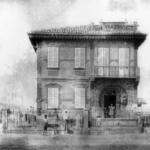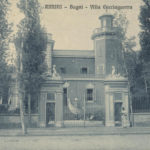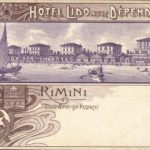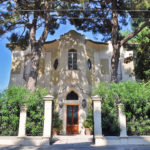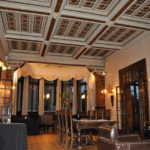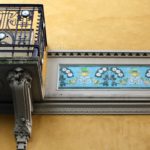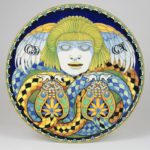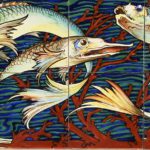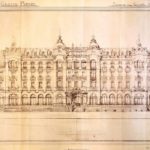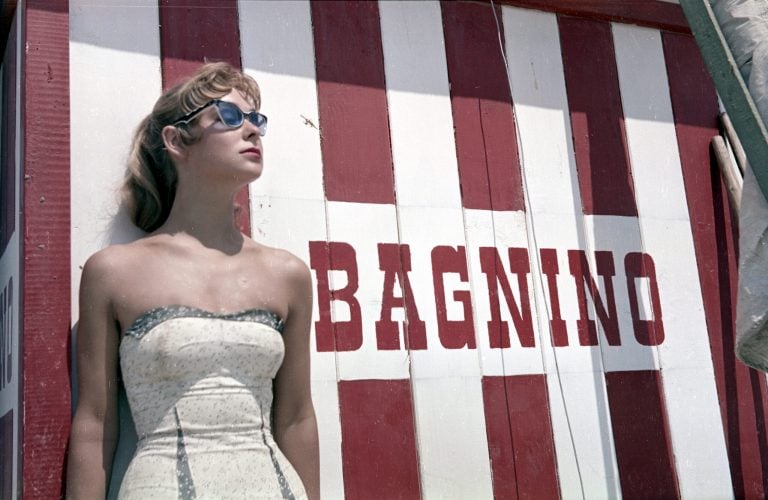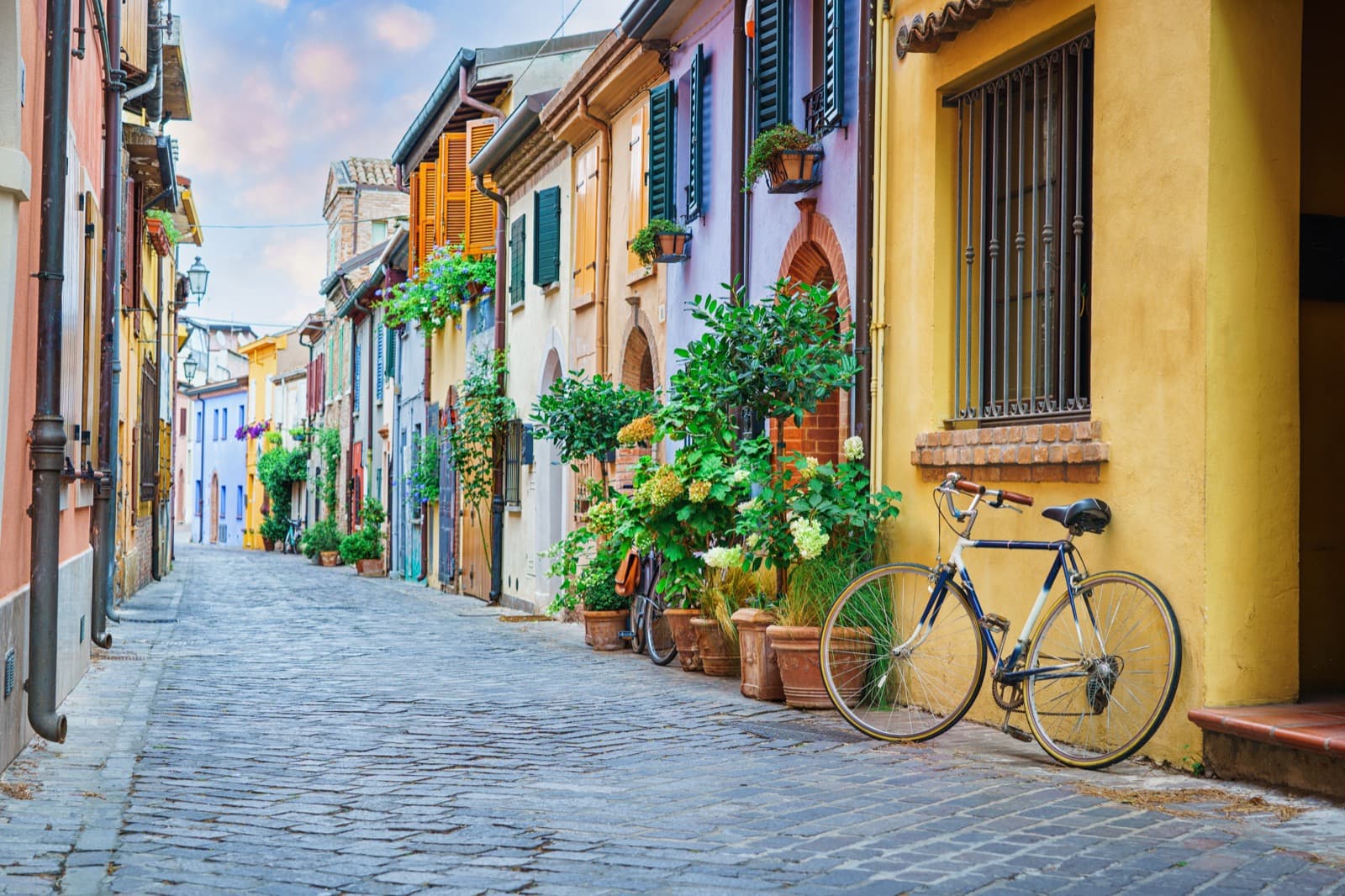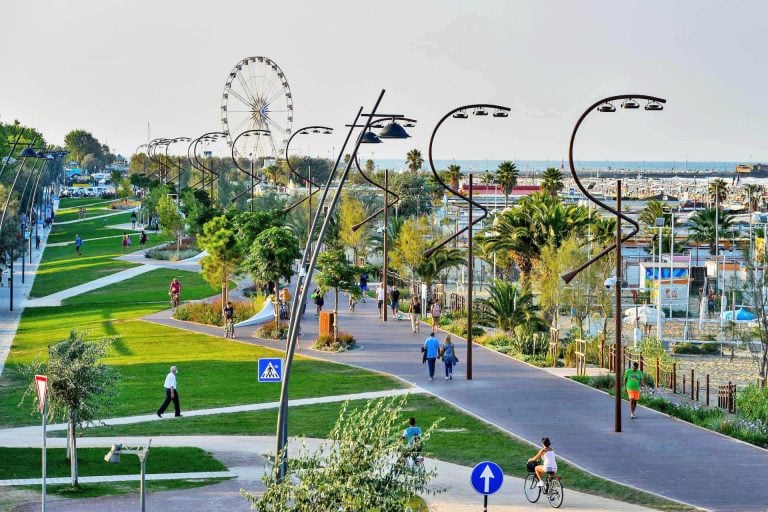Sweet sinuous lines, stylization of the natural elements and rejection of the serial production of mass objects.
Here is a brief description of the fundamental characteristics of the Italian Art Nouveau style, an artistic movement that was established between the end of the 19th century and the first decade of the 20th century and which influenced the visual arts, architecture and applied arts.
A bit of history
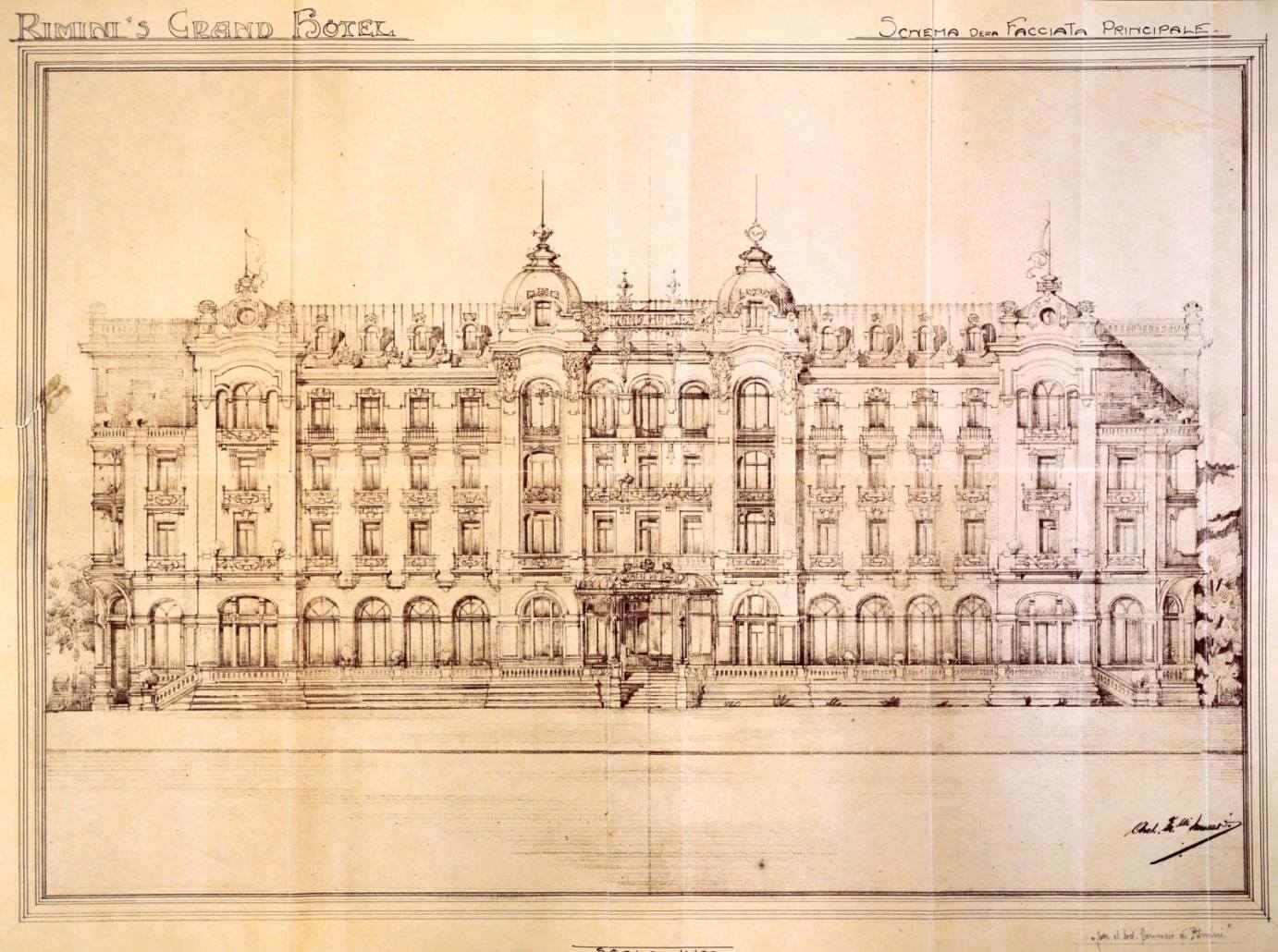
The artistic style of Italian Liberty or Stile Floreale (as it is also called in Italian) thrived between the 19th and 20th century. At that time, European states had recently taken the form we know today and the industry thrived among the new and powerful mercantile classes. While the Great War was still far away, masses of peasants flowed into large urban centers to become workers in the big industry and, for the first time in human history, a never-before-seen number of people access mass consumer goods.
That’s when the Liberty style was born in Italy, as an emanation of Art Nouveau of France and Belgium. Soon every country in Europe developed its own precise styles such as Gaudì’s Modernism in Spain and Catalonia, or the Jugendstil of Germany and Austria.
It is the era of elegant ladies with delicate white umbrellas, men walking around with a cylinder and a stick, boulevards and public gardens, and ballooning that hides a boundless trust in human progress. An era that historians have called Belle Époque (at least for the wealthier classes) in which writers dreamt of journeys and distant worlds in space and time.
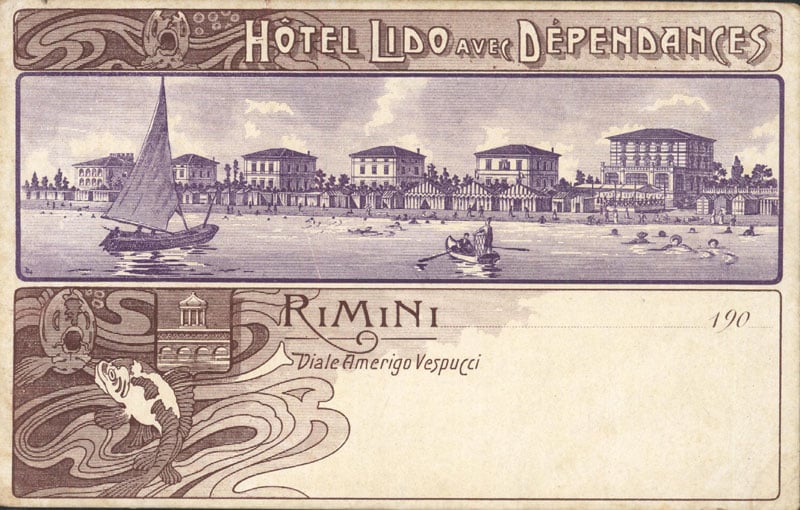
It is unquestionable that the bourgeoisie in bigger cities contributed to increasing the volume of businesses, and new techniques allowed the mass production of goods and services to be sold to the whole society. This is the era of great industrial empires, such as that of Henry Ford and his auto assembly line.
Wealthier classes now feel new desires and appetites. For instance, they start embellishing the cities with large avenues and public gardens where people can temporarily escape the pollution and ugliness of the most popular neighborhoods. Cities become the stage for Sunday walks, and for the first time people have free time: it’s the dawn of the era of leisure, a forerunner of today’s tourism.
Of course, time is a privilege for those who can afford it, the upper-class made by big traders, industries owners and the great mercantile bourgeoisie. It is therefore not surprising that the Italian Art Nouveau style flourished in such places like spas, cafes, villas, resorts and big hotels. this, in short, are the placs of Romagna Liberty.
A special mention goes to the Romagna Coast, one of the first Italian holiday destinations for Italy’s upper classes.
After the cold and humid winter, these went to the beach for some healthy air; that’s why spas become more and more popular, as places to recover from the long and cold winter months. The first “tourism movement” appears as an activity dedicated to the healthcare of the upper classes, who bring with them fashions, costumes, and European styles. Liberty style starts to populate the panorama of Italian holiday resorts.
Romagna Liberty
Rimini, Viserba, Kursaal – Ph. Romagna Liberty
Rimini, Viserba – Adelia House – Ph. Romagna Liberty
Rimini, Torre Pedrera, Cappa House – Ph. Romagna Liberty
Rimini, Solinas House – Ph. Romagna Liberty
Rimini, Cacciaguerra House – Ph. Romagna Liberty
Rimini, Hotel Lido – Ph. Romagna Liberty
Riccione, Antolini House – Ph. Daniel Carnevale
Riccione, Hotel De la Ville – Ph. Romagna Liberty
Liberty in Faenza – Ph. Mattia Camellini
Achille Calzi, Ceramic panel with fish, Fabbriche Riunite di Faenza, 1906 -09 – Ph. Romagna Liberty
Achille Calzi, Ceramic panel with fish, Fabbriche Riunite di Faenza, 1906 -09 – Ph. Romagna Liberty
Rimini, Vintage photo of the Forcellini pastry bar. Photo taken from the facebook page ”La Rimini che non c’è più ”
Rimini, The Grand Hotel project in Liberty Style – Ph. Romagna Liberty
Ferrara, Postcard by Edmondo Fontana – Ph. www.italialiberty.it
Cattolica, Riccione, Rimini, Viserba, Cesenatico, Cervia, Milano Marittima, and Comacchio are the first places to see beautiful Art Nouveau villas flourish on the coast, soon followed by inland cities such as Cesena, Forlì, and Faenza.
Between the late 19th and early 20th century, the first hotels are built on the Riviera along with the “holidays homes”, the forerunners of what will be the development of tourism and vacation in Italy. Within a few decades, beautiful buildings with rich decorations appear along the coast that, in many cases, have reached the present day in excellent conditions.
The National Exhibition of Fine Arts, organized by Ferruccio Luppis in 1909, is worth mentioning in the history of the Romagna Liberty. Ferruccio organized the Exhibition in his vacation house, a beautiful residence in Liberty style, today known as Hotel Augustea.
An almost complete review of what was the development of the Art Nouveau style on the Romagna coast is nowadays included in the “Romagna Liberty” project, an initiative that aims at cataloguing and promoting the Liberty buildings of the Romagna coast.
The project focuses on the development of the Romagna Liberty, from constructions to design and artifacts. One of the project’s highlights is Faenza, where Art Nouveau ceramics reached its peak and where it is still possible to admire rare period pieces.
The discovery of the Romagna Liberty is, therefore, a journey into the history of the art of the early 20th century, but also a journey in the Adriatic Coast through its tourist vocation.
Author

Walter Manni
Explorer and Adventurer: loves sailing the oceans, climbing the highest mountains and surfing on the waves of the web
You may also like
by Maria Grazia Masotti ///
The Romagna Riviera, Italy’s Longest and Prettiest Promenade
by Davide Marino /// June 13, 2023

Interested in our newsletter?
Every first of the month, an email (in Italian) with selected contents and upcoming events.
